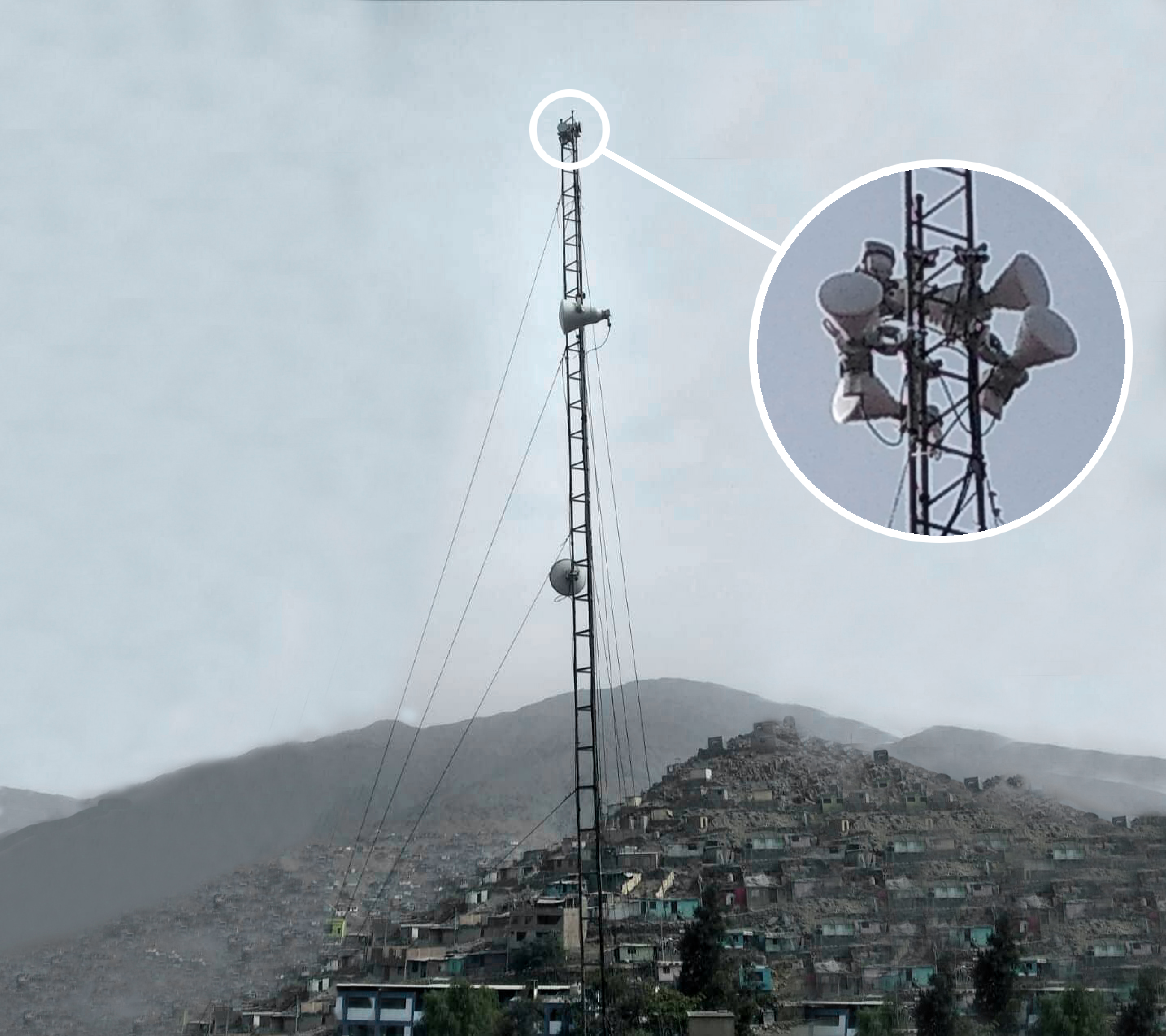Blog
AkiNet: WISP in Peru that has managed to grow intelligently thanks to RF elements antennas
AkiNet is a provider of Wireless Internet service in the city of Collique, Lima, Peru, with 7 years of experience. In the beginning, they started using Ubiquiti sectorial antennas with 120° beam width and Rocket M5 offering plans of up to 3Mbps symmetrical. After migration to RF elements antennas, they offer 9 to 17 Mb symmetrical plans and have about 200 clients.
Pic. 1 Satellite view of Collique, Lima, Peru.
Problems in the ground and requirements needed
According to the owner, Roger Verástegui, the mountainous landscape and the noise generated by the competitors’ equipment were negatively impacting the quality of the links.
- ”As we were expanding our services, we noticed a tangible difference between the links at altitudes of 250 meters and those in the lower flat lands. Because surrounding areas have a lot of mountains, the hills obstructed good coverage. We were also affected by the growing competition - other WISPs that used the spectrum without any regard and any prior knowledge or study on how to use it efficiently. The careless usage of spectrum greatly increased the noise levels to a point that I even had to wake up during night to solve problems such as constantly doing spectrum analysis and find some less saturated channel to be able to operate.”
Pic. 2 Service Zone of AkiNet.
- “One of the first ideas we came up with was to increase the number of antennas to cover a large sloping area, but that would have increased the noise even more and leave us few free frequencies when using licensed firmware.”
- “The momentary solution was to setup more towers in nearby areas (and reducing the output power of the radios) on top of replacing the traditional antennas with Ubiquiti titanium sectors. Despite these changes, we were on the verge of losing many clients due to their poor connection with our access points.”
The two main requirements on the equipment this WISP used were based on the nature of the surrounding landscape and the people living there – spread through the hills and mountains:
• Antennas should have an exact beam width in both azimuth and elevation (to create precise sectors) and should have minimum side lobes to avoid self-interference and collecting external noise.
• Antennas should be easy to install and should be compatible with Ubiquiti radios.
- “All the solutions we tried were not very efficient at solving our problem. So taking advantage of the fact we were migrating our network from Rocket M5 to Rocket 5AC, we decided to look for new solutions. At this time we read about the symmetrical antennas of Ubiquiti, which, although promising great benefits did not convince us at all.”
Getting to know RF elements
Under the pressure of potentially losing customers, Roger was forced to look for new alternatives to solve his problem.
- “We started to investigate a lot about these famous horns. We had to be sure if the marvel was real after reading testimonials from users in other countries. We came to a conclusion that this is exactly what we have been looking for all this time. So we did not waste a second and ordered three 80 degree beam width horn for initial tests.”

Pic. 3 Deploy Tower - AkiNet
Symmetrical horns: The great solution
After a long waiting time, the horns have arrived and exceeded all expectations.
- “Both the antennas and their adapters are a very effective solution for our problems.”
- “The noise floor, capacity, intensity and therefore throughput greatly improved. But what made us happiest was the fact that perception of our service in the eyes of our customers hugely improved. And this is extremely important to us.”
- “Additionally, thanks to the great performance of the horns antennas, we no longer needed the towers we put up some time ago. We have taken a couple of them down and further reduced the interference level in our area.”
A direct result of this decision is that AkiNet saved the money on the rent of those extra towers, which is always a good thing for a WISP.
The number of clients has been growing since AkiNet migrated to the RF elements horns. In the near future they plan to expand their services throughout the region, using the RF elements antennas.
reach out to you.
Hurray!
Thanks for your question. We will process it in the shortest time possible.
Subscribe to Our Newsletter
Latest news about wireless networking, our products and special offers straight to your inbox.
